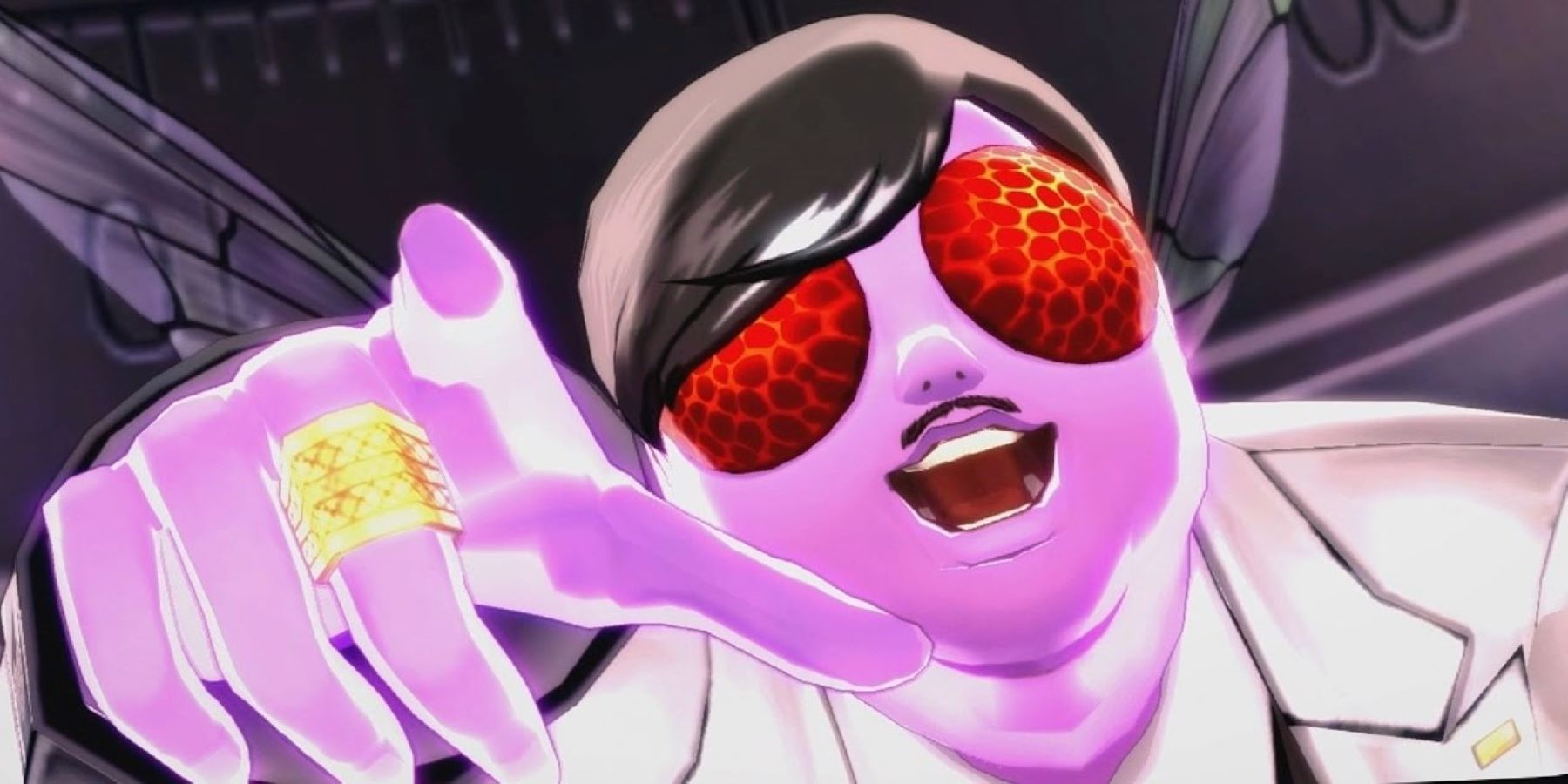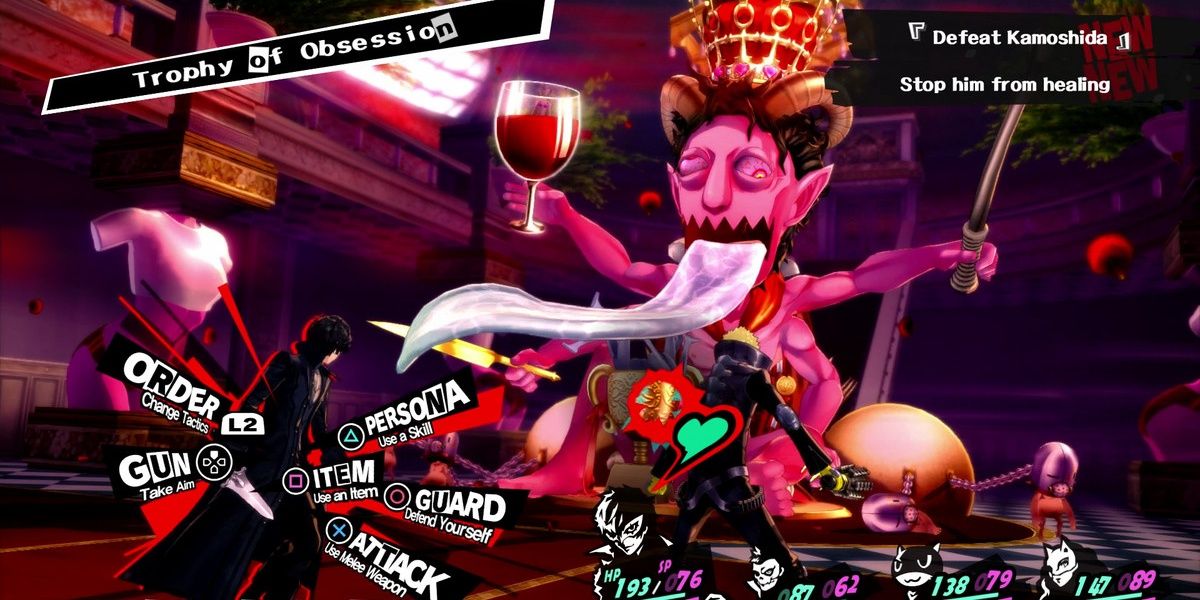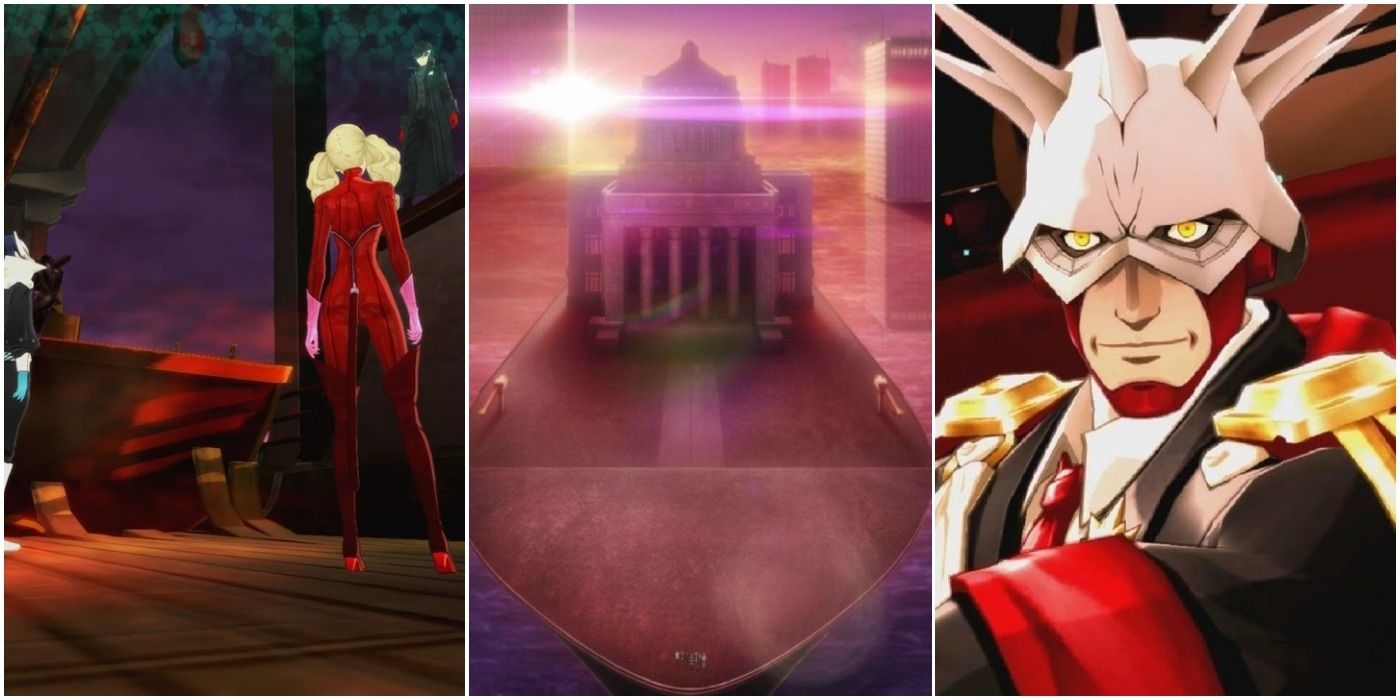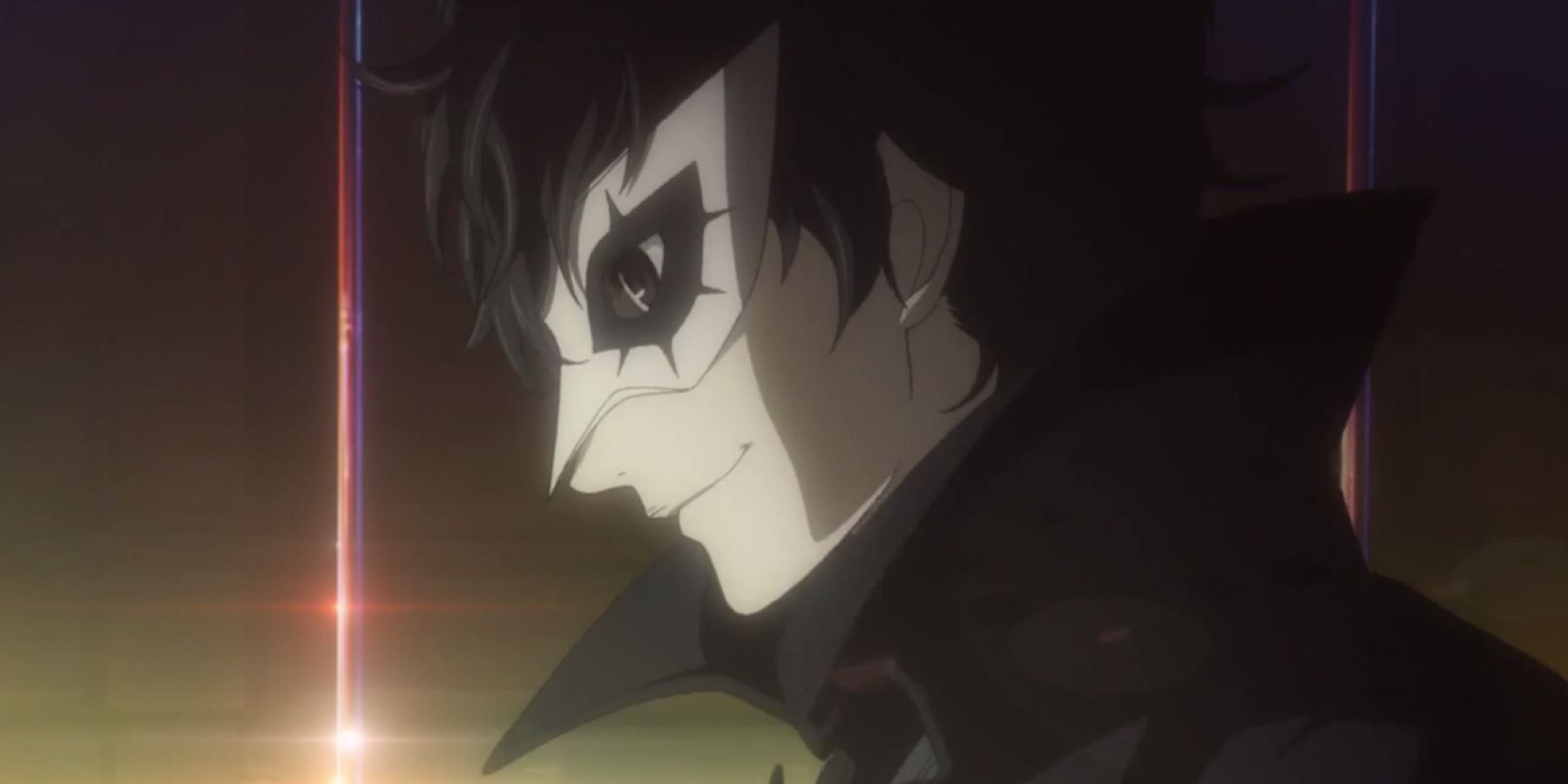The Persona franchise leans on a lot of tropes and traditions, but by framing them in unique ways, it makes them feel compelling anyway. For instance, Persona enemies and Personas themselves all draw on familiar, real-life mythological creatures and characters like the Greek gods, but Atlus gives these enemies a unique presence by presenting them as incarnations of human ideas, turned into Shadows through their own importance in culture. Persona 5 Royal similarly freshens up the seven deadly sins by examining how each sin can warp a person's perception of the world, rather than just their actions, and this idea is worth exploring again in Persona 6.
Because each Persona game is a separate story from the previous one, it's hard to say if Persona 6 will make use of Palaces again. Atlus might want to work with a different kind of antagonist structure, rather than sending players into these villainous lairs again. However, Persona 6 will probably still hang onto a lot of overarching Persona themes, like cultural icons appearing as Personas and Shadows, as well as the importance of tarot. The seven deadly sins aren't necessarily a core Persona theme, but Persona 6 could study Persona 5 Royal's use of sins and explore them in a new way.
Warning: Persona 5 Royal and Persona 5 Strikers spoilers ahead
How the Persona 5 Suite Uses the Seven Deadly Sins
Persona 5 and Persona 5 Royal both make their use of the seven deadly sins fairly obvious. Players battle against lust in Kamoshida's Palace, greed in Okumura's Palace, envy in Sae's Palace, and so on; the Phantom Thieves even tend to mention their sins in their calling cards. However, the game often presents the sins in surprising ways. For instance, pride and vanity are separate sins in Persona 5. Madarame's vanity makes him obsessed with his own image and work, while Shido's pride is more about an overinflated sense of purpose and divine right. Kaneshiro's Palace also explores gluttony uniquely by showing how having as much money as possible inflates his ego, rather than focusing on gluttony's usual association with food.
Persona 5 also throws fans for a loop a few times when discussing the sins. Futaba's Palace looks like a palace about sloth at first, based on her isolation and stagnant heart, but in the end, it's framed as a palace of wrath, due to the hostile image of Wakaba that dominates Futaba's memories. Sloth really comes into play in Persona 5 Royal's penultimate dungeon, the Mementos Depths, where the Shadows of Tokyo citizens bemoan the difficulties of life, accept the impending apocalypse, and submit to Yaldabaoth's will, rather than rebelling against the false god and fighting to control their own fates.
Omega Force and P-Studio brought the sins back in Persona 5 Strikers to a limited extent. The first three Jails make clear and creative use of lust, vanity, and gluttony, inserting an author into his plagiarized novel and warping a politician's unrestrained hunger for order in Sapporo and votes in the upcoming election. However, the theme falls apart somewhat from there. Wrath and pride make appearances, but the end uses sloth in a familiar way, and greed don't really get any screen time. It's a shame that the theme doesn't tie together completely, but Atlus could make up for the missed opportunity in Persona 6.
How Persona 6 Could Reuse the Sins
If Persona 6 has Palace-like dungeons with antagonists that don't join the party, then incorporating the seven deadly sins a second time would be fairly easy. All of them inspire objectives that make an antagonist well worth stopping. However, Atlus would be wise to lean into Persona 5's design by using each sin uniquely. For instance, a new gluttony Palace needs to explore another kind of obsessive hunger, like a selfish real estate collector who wants to control Persona 6's setting by hoarding land. Like Shadows and Personas, fresh takes on classic ideas will serve the sin motif best.
Perhaps the best way to refresh the theme would be to turn it on its head. Nearly half of Persona 4 Golden's dungeons task players with rescuing future party members, meaning they show a more sympathetic angle on characters' flaws and inner struggles. Atlus could combine Persona 4 and Persona 5's ideas by making various party members grapple with one of the seven deadly sins before awakening to their Persona. A wealthy character might have to push past their own greed, an apathetic character might need to fight to escape their own sloth, and so on.
While Persona 5 showed how the seven deadly sins can inspire unique boss designs, like the gluttonous Kaneshiro commanding a robotic piggy bank and the envious Sae trying to cheat her way to victory, a party member angle could be more fruitful in a new game. The seven deadly sins could inform special Persona skills and traits or play a part in Persona 6 Confidant perks. Persona games have a long history of examining the flaws in their protagonists, but a sin-based angle could still contribute some new ideas to that tradition.
Twists on Persona 5 Will Serve Persona 6 Well
Persona 6 obviously can't just copy Persona 5's story in its attempt to retain the newly expanded Persona fan base. However, Atlus also has good reason to reexamine the devices it built Persona 5 around, since they resulted in such a successful game. Using old ideas in completely different ways could be a good middle ground between Persona 5 and Persona 6, and luckily Persona 5 still has plenty of ideas that could be spun into something that feels fresh.
The sin narrative may be one of the best angles to reuse, since it would tie Persona 6 to its predecessor without demanding anything too specific from Persona 6. The seven deadly sins are a pretty flexible set of concepts, and Atlus has already proven that it knows how to reinterpret these concepts in surprising ways. Whether it applies the sins to Persona 6's party members and Personas or uses them to fuel daunting dungeons for memorable villains, Atlus has a clear shot at striking a balance between satisfying callbacks and forward-thinking storytelling.
Persona 5 Royal is available now for PS4. It releases October 21 for PC, PS5, Switch, Xbox One, and Xbox Series X/S.




